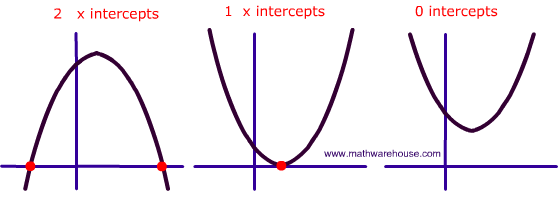This week in precalc 11 we learned about Sine Law and Cosine Law.
The formulas are
Sine Law: to use the sine law you need to know two angles and one side of the triangle or two sides and an angle opposite one of them. It’s used to find a side or an angle of a triangle. It has two versions of the formula, you use it depending on what it is that you’re looking for, a missing angle or a missing side.
or
Cosine Law: you can use cosine law when the lengths of two sides and the measure of the included angle is known or the lengths of the three sides are known. It’s used when you need to find a third side of a triangle, when the angle opposite to the side is given. If we also want to find the length of the third side, we can just change the formula to solve for the variable.
Here’s an example:




